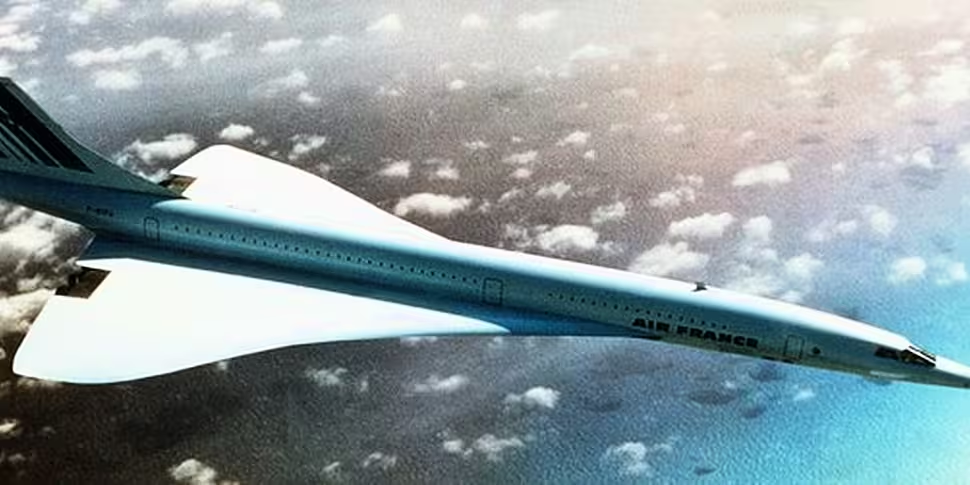It was 40 years ago today that the supersonic passenger jet Concorde took to the skies for its first commercial flights, with two of the planes taking off at the same time from London Heathrow and Paris Charles de Gaulle. Heading to Bahrain and Rio de Janeiro respectively, the planes accelerated down the runway with the promise of reduced flight times on long-haul flights, a new era of aviation, and arriving before you left.
Between 1976 and 2003, when British Airways and Air France grounded the fleet permanently, Concorde was synonymous with the rich and famous, jetting across the Atlantic Ocean at a velocity twice the speed of sound. Cruising at an altitude so high that passengers could see the curvature of the earth from their windows, the Anglo-French jet made its quickest crossing between London and New York in less than three hours.
Concorde was not the only supersonic jet to fly commercial routes, with the Soviet Union’s Tupolev Tu-144 operating between Moscow and the Kazakh city of Almaty. But the Soviet airliner’s increasingly dubious safety record saw the route grounded after just one year.
Instead, British Airways and Air France would be the only airlines in the world to rule the supersonic skies, largely down to the pressures mounted by the national carriers’ respective governments, who signed an international accord to construct the plane in the 1960s. That pact is where the plane got its name, with Concorde meaning agreement in both languages, albeit without the final –e in English.

Broadcaster David Frost, who used Concorde to appear on live TV on both sides of the Atlantic "eight days a week" [Pixabay]
For its first years as a commercial operation, Concorde struggled financially, recording losses year in, year out. Large percentages of profits needed to be paid back to the governments that had sponsored its development and the public’s perception was that this was a jet for the rich and famous, believing the jet to be more expensive to fly with than it actually was. So the airlines took the unusual step of raising the prices to what passengers assumed they must be, which, along with a fall in oil prices, finally saw the jets turn over a tidy profit.
Concorde did rule the skies, regarded internationally as one of the safest ways to travel, with an impeccable safety record until one fatal crash in 2000. An Air France jet, en route to the US with mostly German passengers on their way to a cruise, crashed into a hotel shortly after take-off, killing all on board and four on the ground.
The cause of the accident was identified as a piece of debris from a Continental jet that had taken off just before the Air France plane striking the supersonic jet’s wheel. The punctured tyre caused the fuel tank to rupture. The image of the plane, a stream of flames billowing out of its wing, as it crashes to earth is one of the most striking images of aircraft disaster in history.
Things went from bad to worse for the stricken jet, as its re-launch on its London to New York route saw Concorde touch the ground not long before the terrorist attacks on September 11th. With consumers uncertain of the jet’s safety and confidence in flying at an all-time low, British Airways and Air France announced together that they would cease operating the aircraft in 2003.
Modern commercial jets, made of lighter materials and far more fuel efficient, still cannot beat the Concorde in terms of speed. In honour of the 40th anniversary of its commercial launch, take a look at the gallery of Concorde images below.









